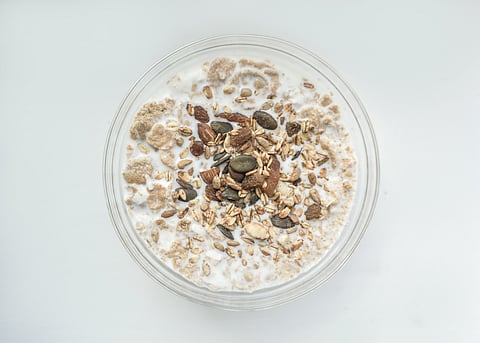Another common myth is that oats are “loaded with Phytates,” which are supposedly harmful. Phytic acid, found in many plant-based foods, can bind minerals and reduce their absorption. But it’s important to note that phytates also have antioxidant properties and can contribute to health benefits.
Dt. Bhawesh Gupta highlights that Phytic acid is present in many daily consumed foods like dal, chole, and rajma. That's why we soak these foods overnight before cooking them, and the same method can be applied to oats. Instant oats are processed, which removes most of the phytic acid, making them easier to digest.
💡Think of Phytates as that one relative who’s always a bit too negative at family gatherings. Sure, they can be a bit of a downer, but they’re part of the family, and the gathering wouldn't be the same without them. Phytates may reduce mineral absorption slightly, but they also bring benefits that contribute to a balanced diet.


